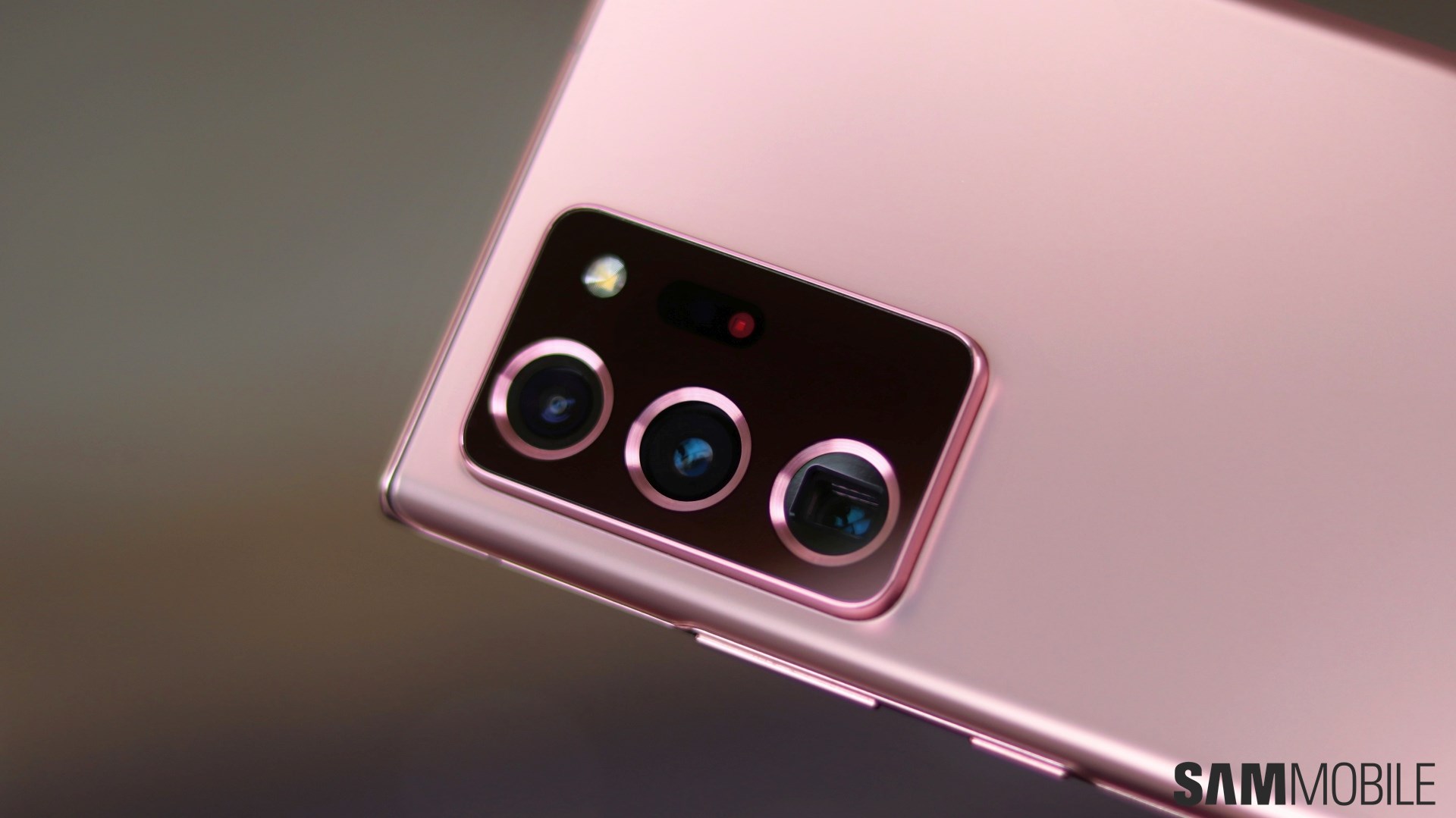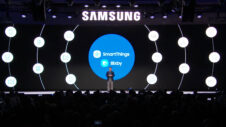Attempts at Samsung-LG comparisons haven't been fair for a while now and anyone surprised to hear LG has finally given up on the smartphone industry simply hasn't been paying attention. And yet its legacy lives on in none other than Samsung. Most notably on account of the tech that both powered some of Samsung's recent flagships, while also pushing it to pioneer a big chunk of its state-of-the-art mobile cameras.
To understand how that's possible, we need to go back to 2014, which is when LG released its universally acclaimed and commercially successful smartphone – the G3. This bad boy went down in history as the world's first handset to incorporate lasers into its autofocusing equation.
Yeah, lasers!
Besides sounding cool in a “pew-pew, lasers” kind of way, this innovation paved the way for several years' worth of incredible advancements in the field of smartphone photography. Because while the idea was good, the implementation was nothing short of genius. In retrospect, the laser-beam AF mechanism was LG Mobile's zenith and almost every manufacturer rushed to follow suit. Well, almost every manufacturer, that is.
Samsung was definitely in less of a hurry than most, though that's been consistent with its M.O. I.e., it was always happy to rush a novel technology to the market for as long as it got to be the first to commercialize it. The faulty Galaxy Fold debut is the most recent piece of evidence suggesting this way of thinking is alive and well at Samsung. Because a PR hit in the form of some memes and disappointed-sounding headlines is nothing compared to the brand value a footnote in the history books gets you. And Samsung has a lot of footnotes by now.
So, while it would be frivolous to credit LG with reinventing modern smartphone photography science, there's no denying its first jab at the laser autofocusing concept was better than what everyone else put together had at the time, performance-wise. It worked wonders when it came to capturing moving subjects and also offered substantial image quality improvements in low-light conditions. Granted, low-light photography and smartphones have hardly ever been a good combo, but laser-beaming introduced an entire generation of photographers to the wonders of infrared light.
It took Samsung a year and a half to come up with an answer to laser-beam AF, which was the last time LG caught it so unprepared. The much-deliberated response arrived in the form of dual pixel autofocus, which Samsung was the first to introduce as part of the Galaxy S7 range in 2016. Not long afterward, pretty much everyone started packing DPAF, rendering laser AF systems unnecessary for nearly every real-world use case.
But then the Galaxy S20 Ultra happened early last year and Samsung was suddenly in dire need of a reliable AF system in the aftermath of that controversial launch. Cue the Galaxy Note 20 Ultra turning to laser-beam autofocusing and Samsung performing a swift 180 on its camera strategy. The Galaxy S21 Ultra makes use of it as well, along with considerably improved phase detection autofocus technology for the best focusing capabilities of any of Samsung's 108MP camera sensors yet.
The tech LG pioneered might not be part of Samsung's smartphone camera plans for long, but that doesn't make this turn of events any less ironic. Lasers or not, RIP LG, and thanks for the save.







